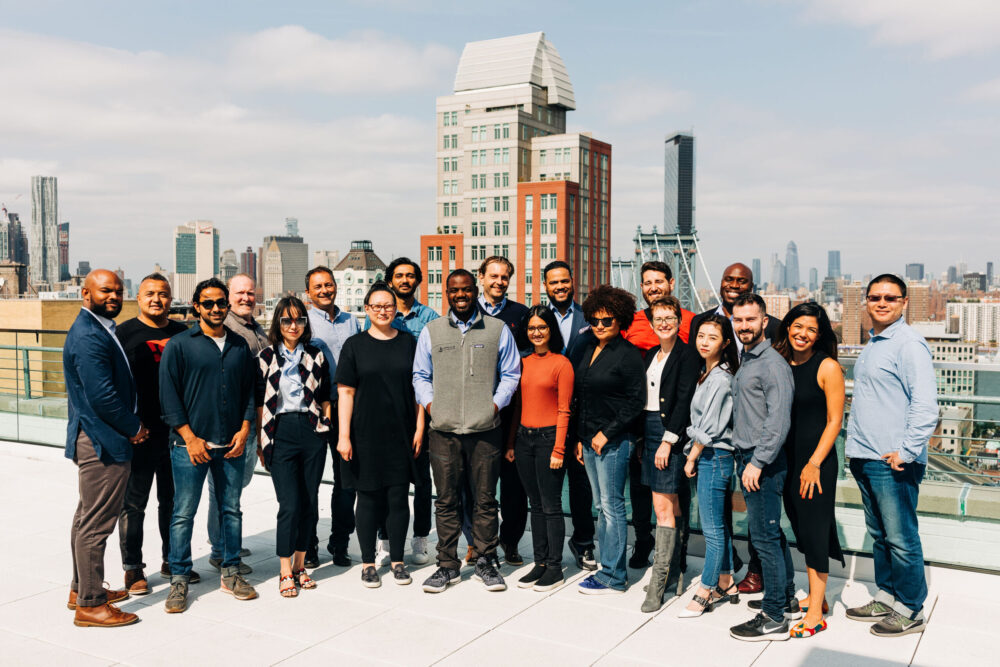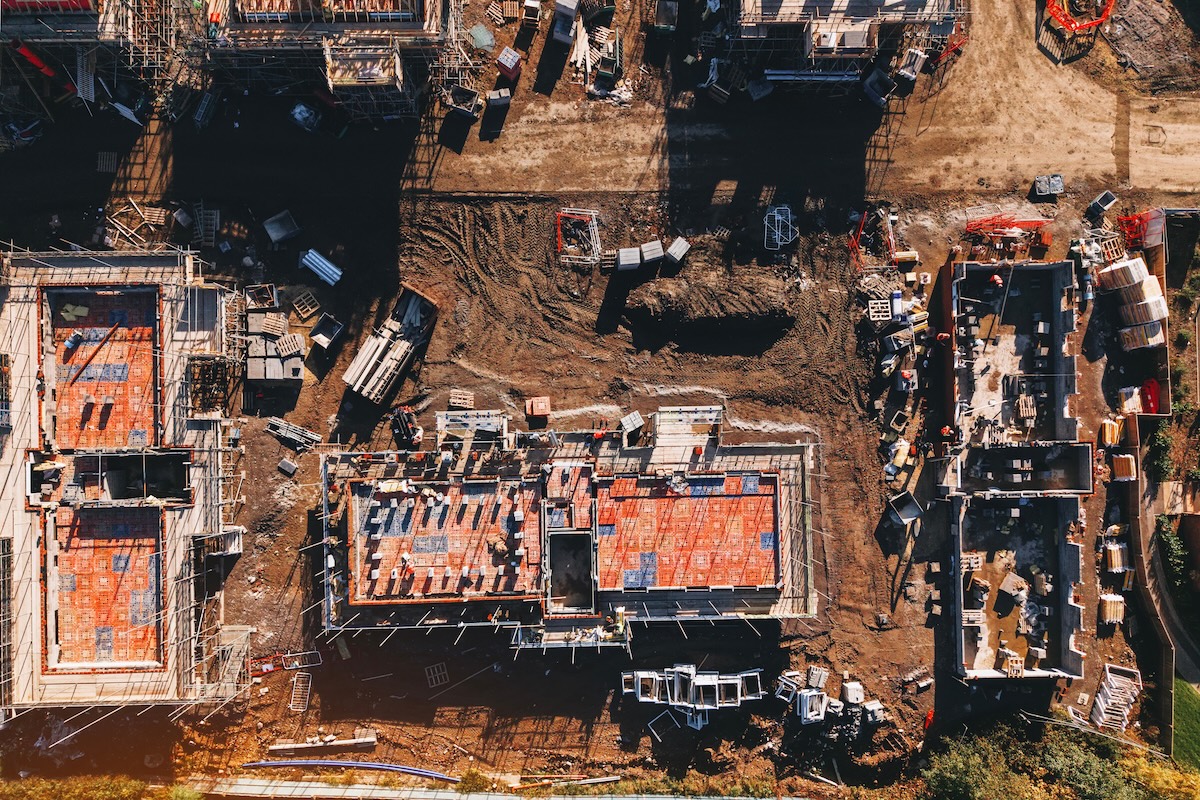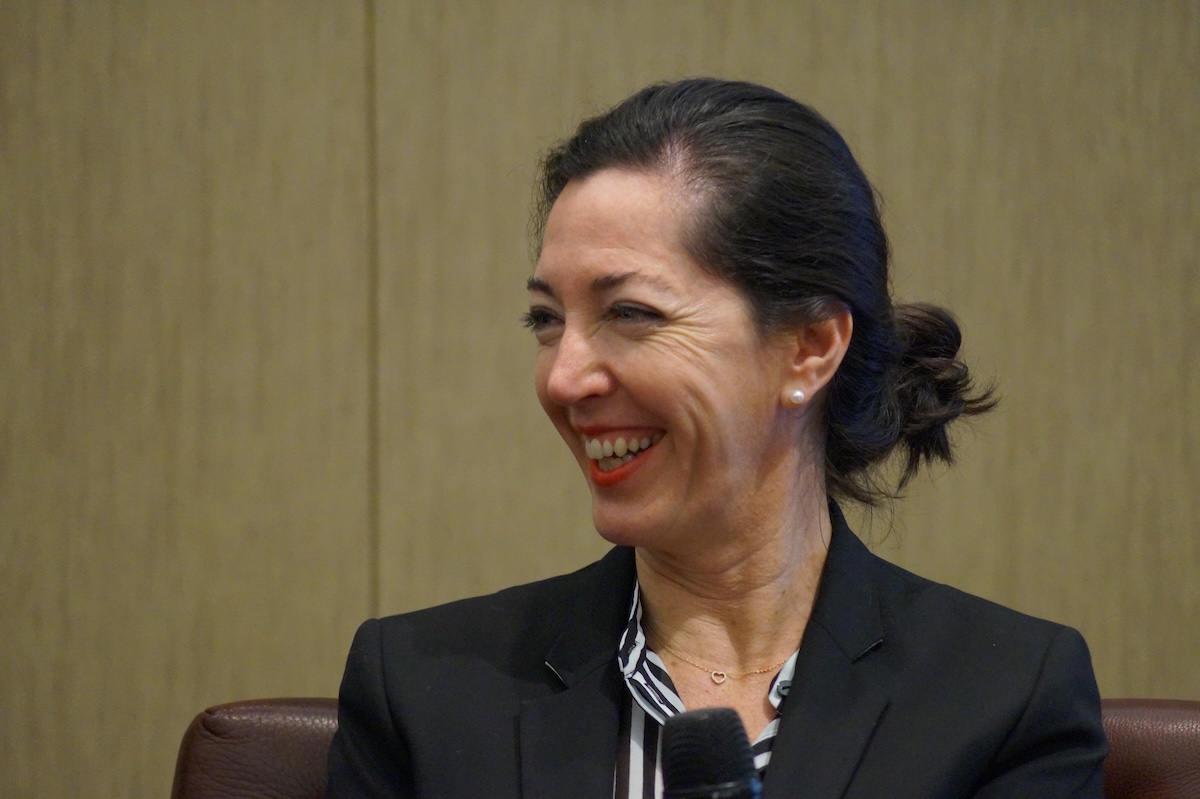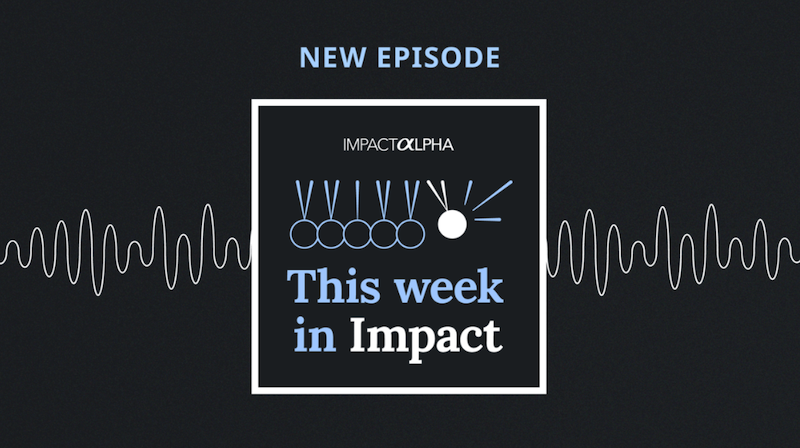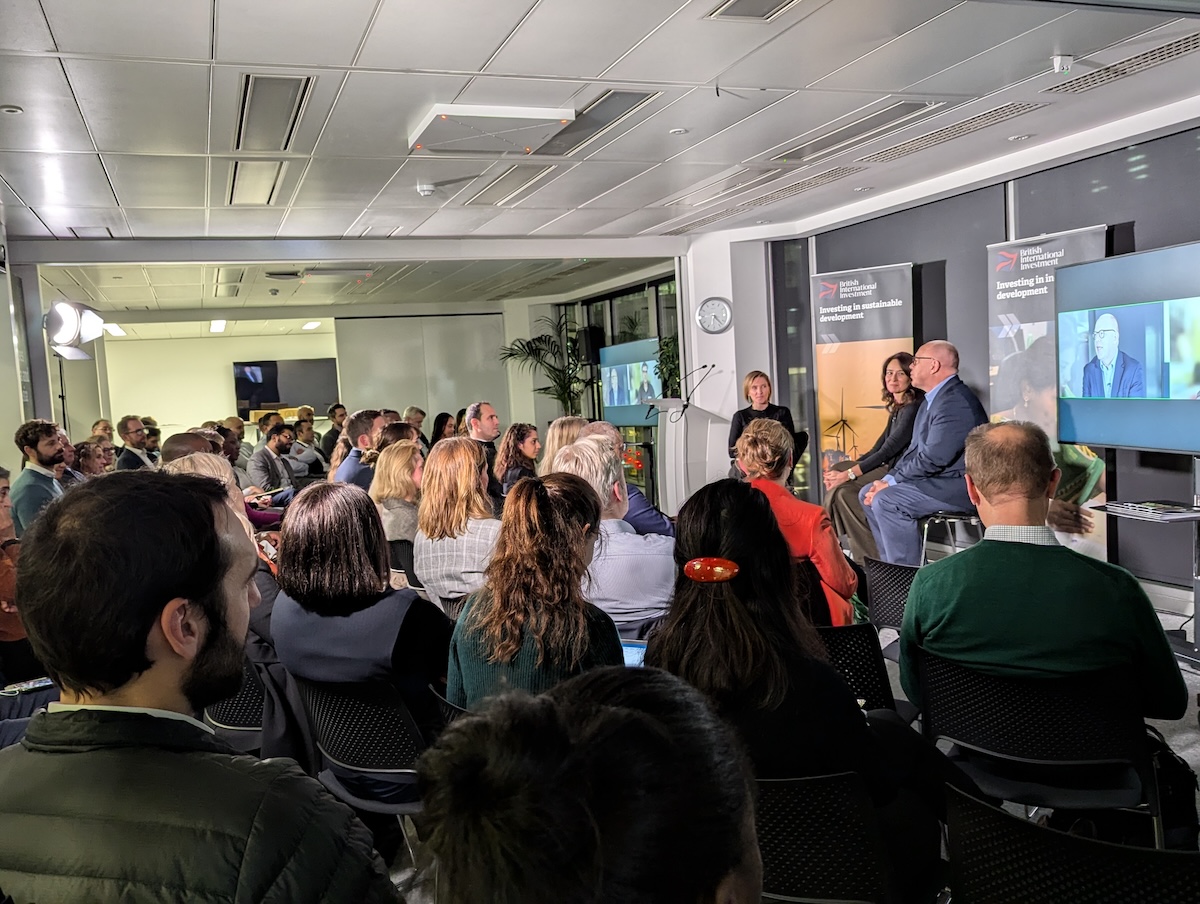ImpactAlpha, July 26 — Troy, Mich.-based Kresge Foundation has committed a $3 million guarantee to BlocPower. The foundation’s commitment supports a loan-loss reserve capitalized by the New York State Energy Research and Development Authority, or NYSERDA, which in turn helps BlocPower deploy financing from Goldman Sachs and Microsoft.
The two layers of catalytic capital contributed to BlocPower’s selection as the lead of a public-private partnership to decarbonize 6,000 buildings in Ithaca, N.Y., one of the first citywide electrification initiatives in the U.S. Kresge’s Joe Evans said the electrification of a city’s entire building stock is exciting, “but especially so when paired with a justice-focused approach to workforce development and a commitment to prioritizing buildings housing low-income families.”
The guarantee “removes $3 million of risk from the equation through a loan-loss reserve, which helped to make the financing from Goldman Sachs and Microsoft possible,” Evans told ImpactAlpha.
Whole cities
BlocPower estimates heat pumps and other improvements will help tenants save up to 70% on annually energy bills, and cut Ithaca’s 400,000 tons of annual CO2 emissions by 40%, while creating a local green workforce.
In May, Ithaca’s director of sustainability, Luis Aguirre-Torres, accompanied BlocPower’s Donnel Baird and Jeffrey Dunston of the Northeast Brooklyn Housing Development Company to present the plan to the World Economic Forum.
Replicable model
BlocPower says it has retrofitted more than 1,200 buildings to date, with projects underway in 26 cities, including Philadelphia, Milwaukee and Baltimore (see, “Agent: Donnel Baird, BlocPower”).
Earlier this year, Oakland-based East Bay Community Energy partnered with BlocPower to electrify 60 low- to medium-income single-family homes. East Bay used proceeds from two municipal bonds to deploy $1.4 million in financing and incentives for the projects.
Last year, NYSERDA awarded $4 million to Metro Industrial Areas Foundation to work with BlocPower on retrofitting projects for religious congregations and other anchor institutions in underserved communities in New York.
“We’re hoping to see them scale services to more cities and places, especially those with aging infrastructure and few other market opportunities to convert to greener, cleaner energy,” Evans said. “We also hope to have some great proof points and stories about the positive impacts from climate, health and economic lenses about building retrofitting and air-source heat pumps.”



